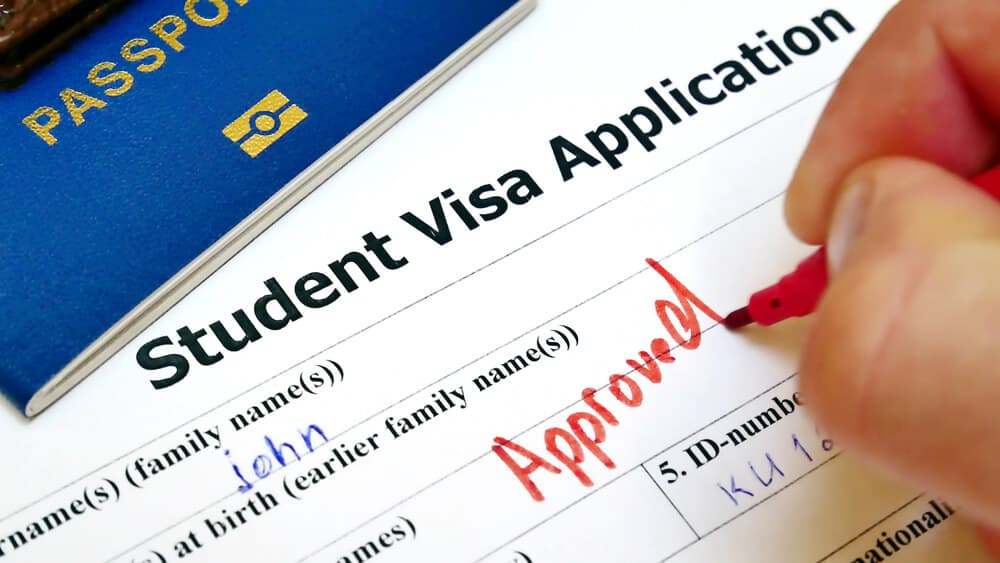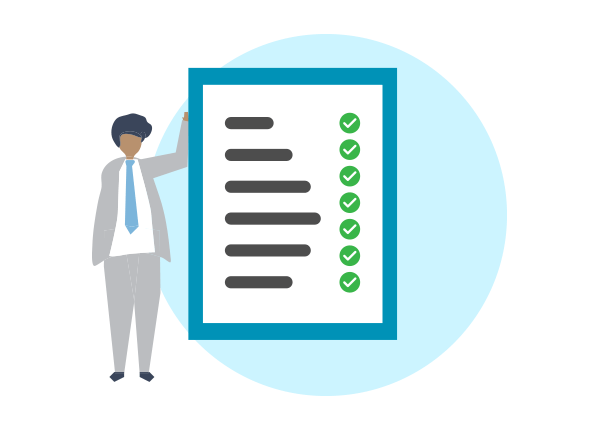
Depending upon the category and type of course, students may have to apply for a F-1 or a M-1 student visa.
F1 visas are meant for students who want to study a full-time course (or 18+ hours a week) in the United States. Before filing an application for a F1 Student visa, you need to get accepted into a SEVP (Student and Exchange Visitor Program) approved the school. SEVP approved schools and universities meet the minimum requirements set in place by Department of Homeland Security. After this, the institution will provide you with relevant documents that support your approval. You need to attach these documents while filing an application for F1 student visa.
For attending vocational or non-academic courses, students should apply for an M-1 visa. One limitation that this visa imposes is that students aren’t allowed to work throughout their course of study. Further, students must show evidence of enough funds to pay the fee and support themselves through the entire study period. Still, vocational and non-academic courses are of shorter length than full-time courses. So financing your studies won’t be as much of a problem.
- Acquire an I-20 Form from the Institution in which you have been accepted.
- Pay the SEVIS I-901 Fee and acquire the receipt.
- Important Documents.
- Certificates received from previously attended institutions.
- Proof of enough funds to support yourself for at least an year in US.
- Course Description.
- A Valid Passport.
- Health and Character Certificates
- Basis English Proficiency checked through tests like IELTS and TOEFL


The B1 Business Visitor visa is available to visitors seeking short-term entry into the U.S. to engage in legitimate business activities of a commercial or professional nature that do not involve receiving salary or payment of any kind from a U.S. source. The B2 visa is available for tourist activities, such as sightseeing, visiting friends and relatives, obtaining medical treatment, attending conferences and meetings. This is how Consulate defines the qualification for the visitor visa grant.
Applicants for visitor visa must show that they qualify under provisions of the Immigration and Nationality Act. The presumption in the law is that every visitor visa applicant is an intending immigrant.
Therefore, applicants for visitor visa must overcome this presumption by demonstrating that:
There are 4 USA consulate in India and based on your address of residency/state in India, you need to contact a specific consulate that is applicable for you. Prepare all the documents as per the list given.
- Sponsor in USA needs to send
- Completed and notarized Affidavit of Support form I-134. You can download it from US-INS web site.
- A letter from Bank/banks (on their business letter head), stating your account summary.
- (Talk to your bank and ask for your Account verification letter. Which is usually on the Banks office stationary should have Date of Account open and Current balance)
- Copy of your Bank Statement, showing a good balance in order to justify your financial position.
- Certificate Letter from your employer (on company’s business letter head), stating that you are a permanent employee of the company, and also stating your salary. 1 or 2 recent pay stub copies. If you are a Visa holder Copies of your – Visa (H1/L1), H1 approval form (I-797), and I-94. (If visa has expired but has a renewed petition, photocopy of the renewed petition.)
- If Green card Holder: Copy of green card.If USA citizen: Copy of certificate of citizenship.
- A neat photocopy of your complete Passport, including even the blank pages.
- Copy of recent income tax returns.
- An application/letter from you to the US consulate in India (address it to the particular consulate e.g. Delhi), requesting for issuing a visitor visa to the concerned person, stating that you will be taking care of every needful for these people, including tickets, boarding and other expenses in USA.
- A formal invitation letter addressed to the person (person’s) you are inviting to US. Also stating that you will be taking care of all their needs while in US, including tickets, boarding and other expenses in USA

Employment is one of the most common paths to enter America legally. However, U.S. borders are open only for foreign workers who are highly specialised and have a job offer from domestic businesses, or for entrepreneurs interested in investing in the country.
This category is for applicants who hold an advanced degree or equivalent, and are thus considered as having “exceptional ability”. Those individuals in these categories are eventually allowed to include their dependants in their forms and, after a certain amount of time, to settle permanently in the U.S. The tier includes the following visas:
This tier includes:

Aiding a family member to become a permanent resident of the US, follows roughly the same procedure but with some nuances in each type of family-based visa.
First, the US Citizenship and Immigration Services (USCIS) must approve your immigrant visa petition (I-130) for you. It must be accompanied by proof of the relationship and the other required documentation in order to begin the family based immigration process.
The Department of State determines if an immigrant visa number is available for the applicant, based on the category applied.
The third step in family based immigration. The relative in the US should apply to change his status to that of a lawful permanent resident after a visa number becomes available.
The US Family visa is a temporary non-immigrant visa, allowing the US citizens to sponsor their family, spouses or fiancee to join them in the US on temporary basis.
Children, siblings, parents and spouses of US citizens or permanent residents, who are eligible, might be permitted to apply for a family based Green Card.
A K1 visa allows a US citizen to sponsor his fiancé to come to the US to get married. Following this, Green card can be applied for.
A K3 visa consents to a US citizen sponsoring his spouse to join him in the US, while the Green Card application is being processed.